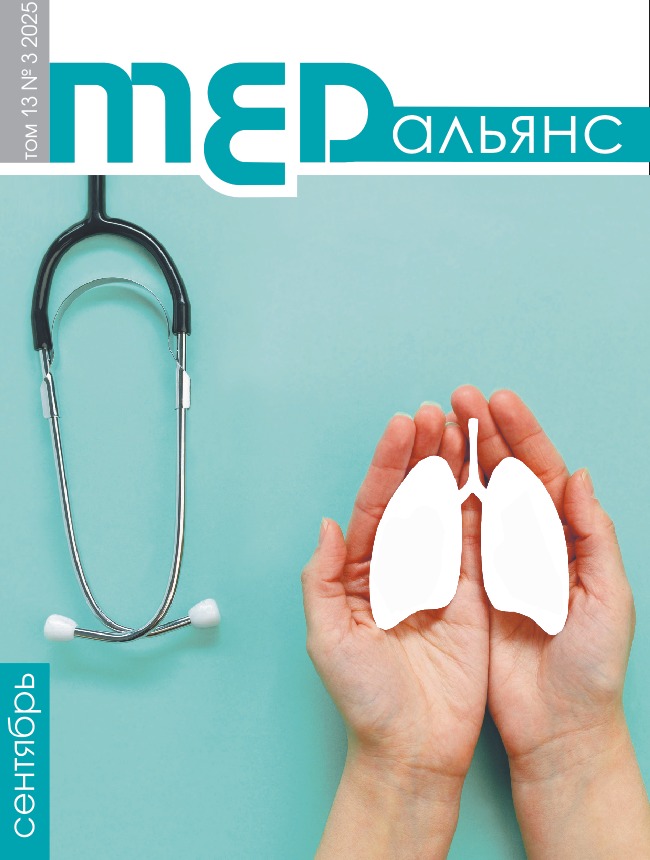Abstract
Rapid palatal expansion is a widely used method for correcting transverse discrepancies and cramped teeth in the upper jaw. The effectiveness of palatal expansion largely depends on the patient’s age, since the median palatal suture gradually closes during puberty. However, there is no consensus in the literature on the effectiveness of transverse expansion of the upper jaw using palatal expansion devices. Аim: to evaluate the degree of transversal expansion of the upper jaw using the Marco Rossa apparatus during the period of mixed dentition. Materials and methods. A total of 30 patients aged 7.5±1.2 years were examined during the mixed dentition. Clinical, anthropometric, radiological and statistical methods were used. In order to measure the width of the dental arch and the upper jaw, biometric measurements were taken on 3D control and diagnostic models using the Pon method before and after the expansion of the upper jaw using the fixed Marco Ross appliance. Statistical processing of the obtained data was carried out using the Statistica 10.0 package (Dell Inc., USA). According to the Kolmogorov–Smirnov criterion, the results of the study approached the normal distribution of signs. The data is given in the form of the arithmetic mean (M) and their average squared deviation of the result (SKO). Results. In the majority of examined patients during the period of mixed bite, distoocclusion (86.0%) was detected in combination with crowding of teeth (100%) and narrowing of the upper and lower jaws. After 6 months of treatment with the Morko-Rossa appliance, expansion in the area of temporary molars on the upper jaw was 4.6±1.1 mm, and in the area of first molars, it was 3.9 mm. Expansion on the lower jaw after 6 months of treatment in the area of temporary molars was 3.2±0.9 mm, and in the area of first molars, it was 4.2±1.2 mm. Conclusion. Effective transverse expansion using the Marco Rossa device allows to correct the close position of teeth, cross occlusion in the anterior and lateral sections, as well as to normalize the conditions for the growth and development of the maxillofacial region with the prevention of the formation of skeletal pathology, functional displacement of the lower jaw, as well as dysfunction of the temporomandibular joint.

